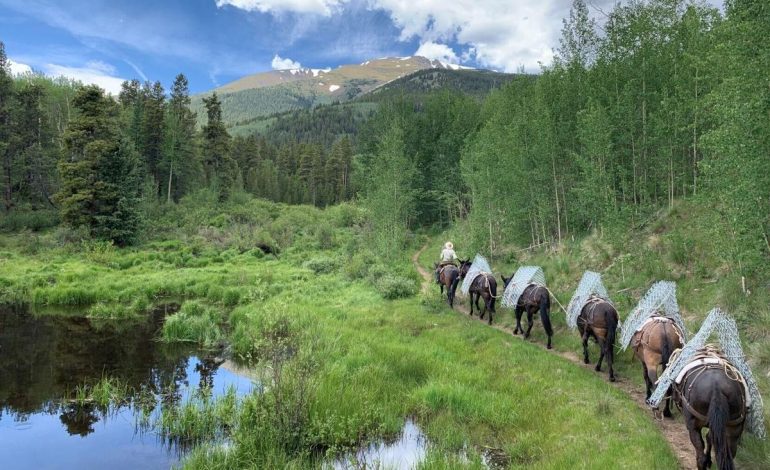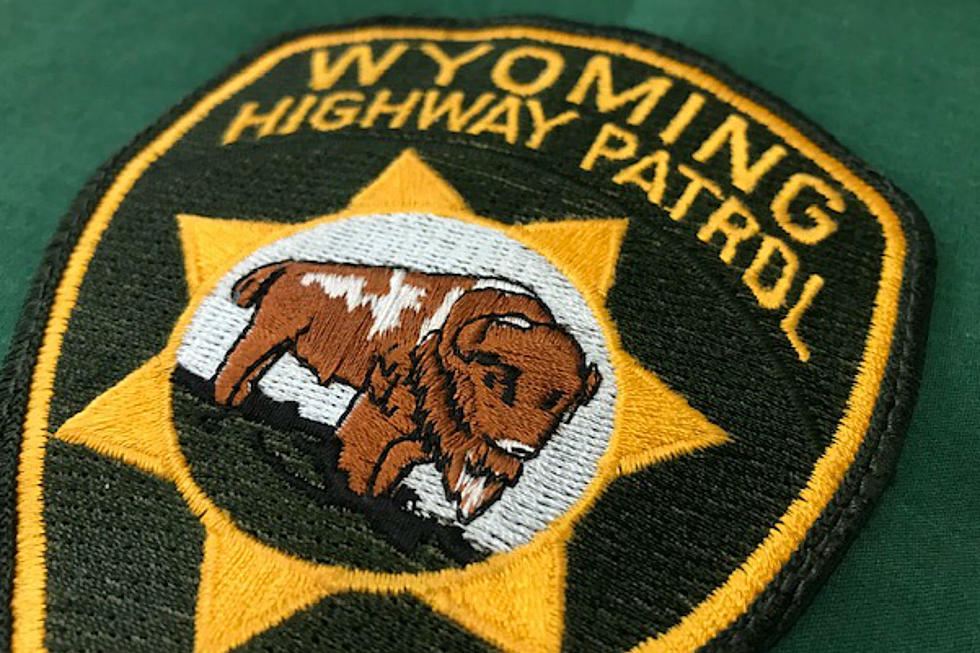Climate Change Forces Shift in Dead Horse Disposal Methods for Wyoming Forest Rangers

In response to the heightened wildfire risk associated with climate change, the US Forest Service has temporarily halted the controversial practice of using explosives to dispose of dead horses in Wyoming’s Shoshone National Forest.
With rising temperatures and ongoing drought conditions increasing the likelihood of wildfires, rangers have opted for safer methods of carcass management.
Typically, the practice of exploding deceased horses has been employed to deter grizzly bears from scavenging their remains, thus protecting hikers in the area. However, following the deaths of two horses on a steep trail near Cody, Wyoming, officials determined that the use of explosives posed an unacceptable fire risk in the current dry conditions. Instead of resorting to explosives, rangers chose to relocate the carcasses downhill and reroute the trail, creating a buffer zone to minimize bear encounters.
The procedure of blasting dead horses has been part of Wyoming’s wildlife management strategy since 1995, detailed in a manual titled “Obliterating Animal Carcasses with Explosives.” This manual outlines the specific placement of explosives for effective carcass disposal, with guidance on techniques for various scenarios, including one for situations where complete obliteration is necessary.
Due to the ongoing wildfire season, forest managers are prioritizing safety.
“When you’re using explosives, there’s fire potential, and as hot and as dry as it is… that potential was unacceptable,” said Casey McQuiston, the north district ranger for Shoshone National Forest.
The decision to cease explosive disposal methods highlights the complex challenges faced by forest rangers, including managing the risks associated with wildlife encounters, particularly with grizzly bears. As habitat loss and food scarcity due to fires become more prevalent, bear encounters are expected to rise. This concern was illustrated earlier this year when a man hiking in Shoshone’s Clarks Fork District had a close call with a grizzly bear that killed his dog but left him unharmed.
While carcass disposal policies also apply to other large animals like elk and moose, the current situation emphasizes the importance of public awareness regarding bear safety. Rangers are urging outdoor enthusiasts to practice safety measures, such as field dressing animals quickly, hiking in groups, making noise to avoid surprise encounters, and carrying bear spray.
With input from Vice and Casper Star-Tribune.








